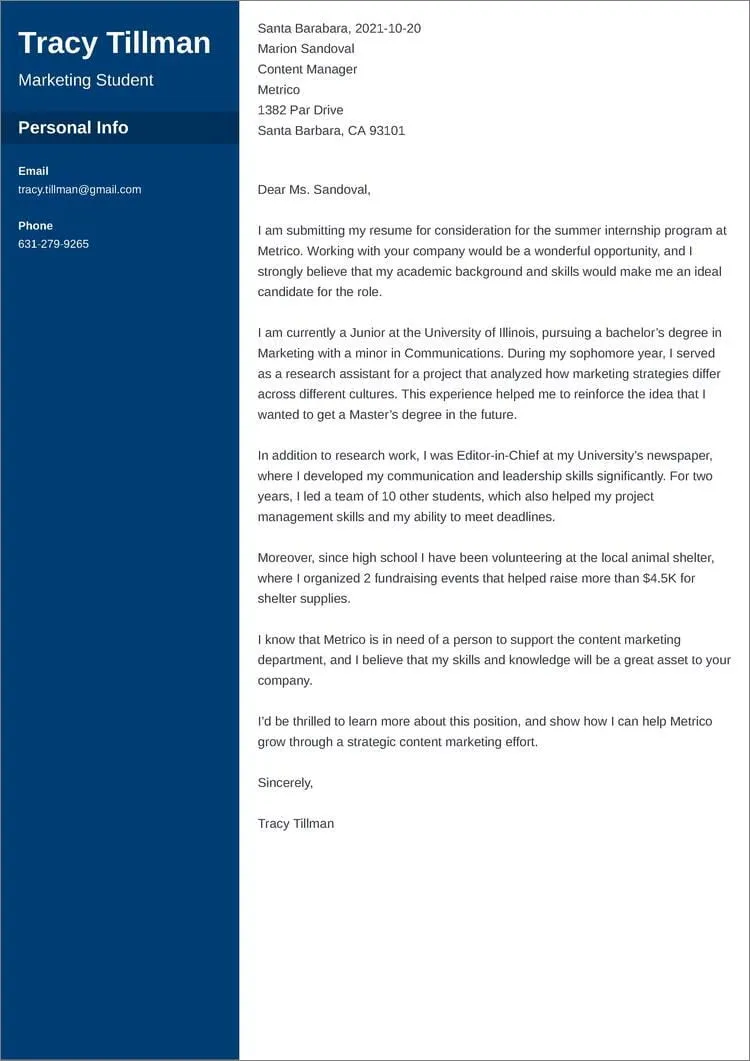Crafting a Compelling Cover Letter
A well-written cover letter is your first opportunity to make a strong impression on a potential employer. It’s more than just a formality; it’s a critical tool for showcasing your personality, enthusiasm, and suitability for a specific role. A compelling cover letter goes beyond simply restating the information in your resume; it tells a story, highlighting your unique value proposition and making a case for why you’re the perfect fit. The cover letter allows you to connect your skills and experiences to the specific requirements of the job, demonstrating your understanding of the company and its needs. A poorly written cover letter can immediately disqualify you, while a well-crafted one can significantly increase your chances of landing an interview. Therefore, investing time and effort into creating a compelling cover letter is crucial for a successful job search. Let’s begin by understanding the purpose of a cover letter.
Understanding the Purpose of a Cover Letter
The primary purpose of a cover letter is to introduce yourself to a potential employer and express your interest in a particular job. It provides a personal touch and gives you the opportunity to elaborate on the information presented in your resume. A cover letter allows you to demonstrate your understanding of the company’s mission, values, and needs. It is a chance to show how your skills and experiences align with the job requirements and why you are a good fit for the company culture. It’s an opportunity to personalize your application and make it stand out from the competition. Remember that your resume lists your qualifications; your cover letter explains why those qualifications matter to the employer. It is also where you can address any potential concerns the employer may have about your application such as explaining gaps in your employment history. Therefore, a well-written cover letter is an essential part of your job application that can significantly increase your chances of getting an interview.
Highlighting Your Key Skills and Experiences
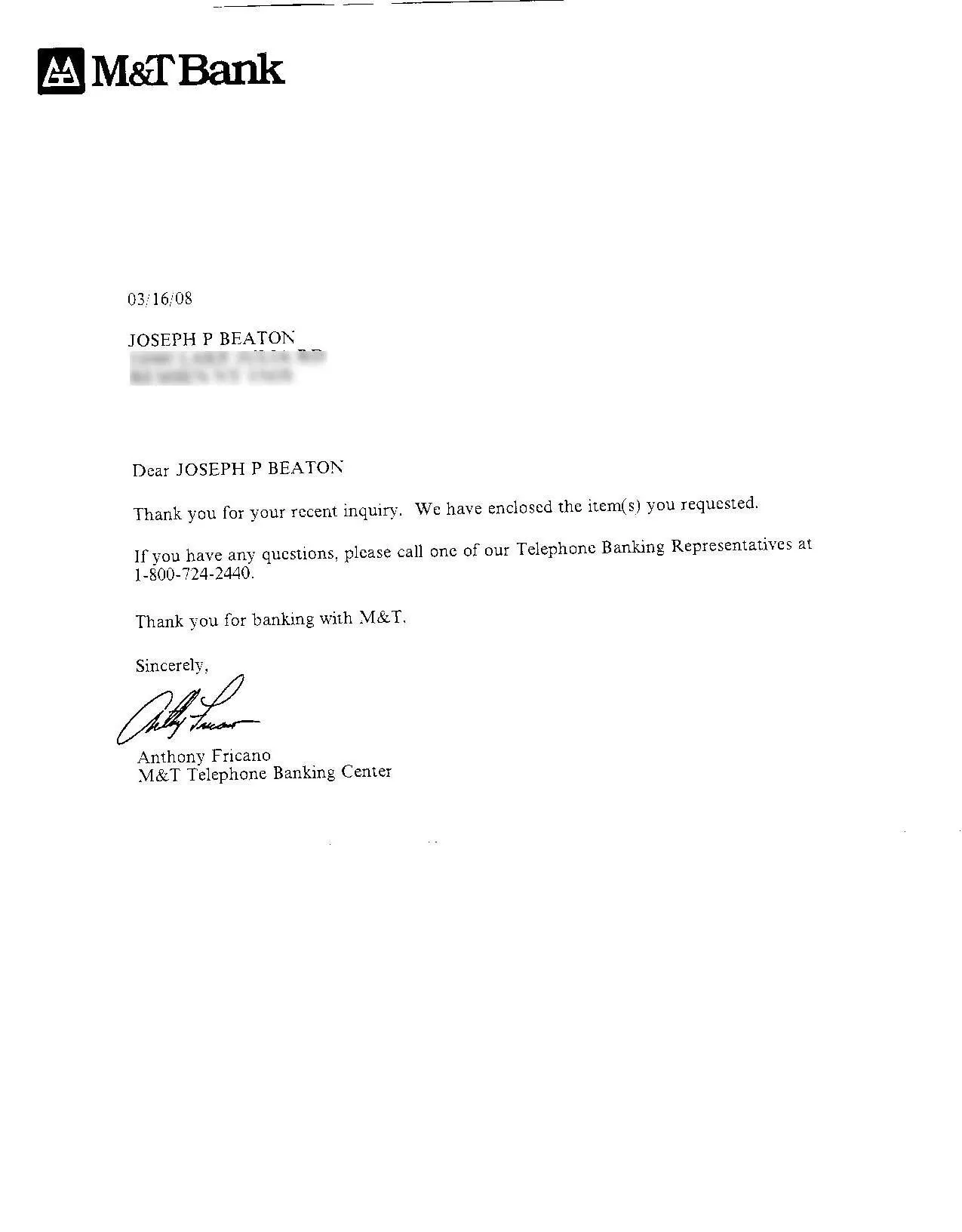
When writing a cover letter, it’s essential to highlight the key skills and experiences that are most relevant to the job you’re applying for. Carefully review the job description and identify the specific skills and qualifications the employer is seeking. Then, provide concrete examples of how you’ve demonstrated those skills in your previous roles. Use action verbs to describe your accomplishments and quantify your results whenever possible. For instance, instead of saying ‘Managed a team,’ you could say ‘Led a team of five, increasing project efficiency by 15%.’. Avoid generic statements and instead focus on specific achievements. This makes your cover letter more persuasive and memorable. This is where you truly tailor your letter to match the job requirements. Your cover letter is your chance to connect the dots for the hiring manager, showing them exactly how your skills and experiences align with their needs.
Tailoring Your Cover Letter to the Job
One of the most critical aspects of writing a successful cover letter is tailoring it to each specific job you apply for. Generic cover letters that are sent out to multiple companies rarely make a strong impression. Invest the time to customize your letter to the specific requirements and needs of each role. Start by carefully reviewing the job description and identifying the key skills, qualifications, and experiences the employer is seeking. Then, structure your letter to directly address these requirements. Use the same keywords and phrases from the job description to demonstrate that you understand the role and what the employer is looking for. Provide specific examples of how your past experiences align with the job’s responsibilities. This shows the employer that you have done your research and that you are genuinely interested in the position. Tailoring your cover letter is an investment that significantly increases your chances of getting noticed and landing an interview.
Researching the Company and Role
Before you start writing your cover letter, it’s crucial to research the company and the specific role you’re applying for. This research will help you tailor your letter to the company’s needs and demonstrate your genuine interest in the position. Visit the company’s website to learn about its mission, values, culture, and recent news. Look for information about the specific team or department you’d be joining. Understand the company’s products or services and its target market. Researching the role involves studying the job description closely. Identify the key responsibilities, required skills, and desired qualifications. This information will guide you in highlighting the most relevant aspects of your experience in your cover letter. By demonstrating your knowledge of the company and the role, you’ll show the hiring manager that you’re serious about the opportunity and have a good understanding of what the job entails. A little research goes a long way in making a strong impression.
Structuring Your Cover Letter
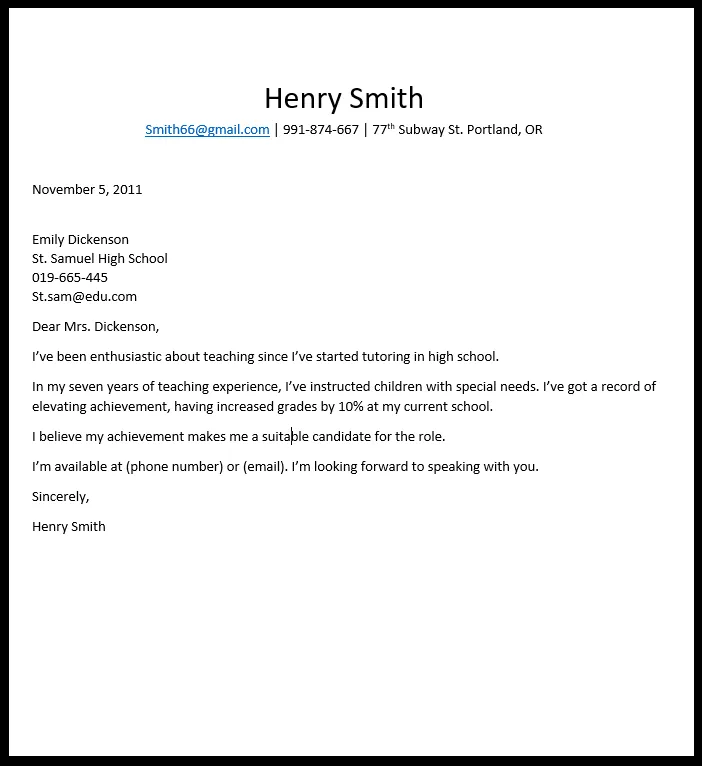
A well-structured cover letter is easy to read and makes a positive impression. It typically follows a standard format that includes an introduction, body paragraphs, and a conclusion. Start with your contact information and the date. Then, address the hiring manager by name if possible. The opening paragraph should immediately grab the reader’s attention and state the position you are applying for. The body paragraphs should showcase your skills and experiences, aligning them with the job requirements. Use specific examples to demonstrate your accomplishments. The closing paragraph should reiterate your interest in the position and include a call to action, such as requesting an interview. Keep each section concise and focused. Use clear and concise language. Proofread your cover letter carefully for any grammatical errors or typos. A well-structured cover letter demonstrates your professionalism and attention to detail.
Formatting for Readability and Impact
Formatting your cover letter correctly is essential for readability and making a strong impression. Use a professional and easy-to-read font, such as Times New Roman, Arial, or Calibri. Keep the font size between 10 and 12 points. Use single-spacing and leave a space between paragraphs. Avoid using excessive bolding, italics, or underlining, as this can make your letter look cluttered. Use bullet points to highlight key skills or accomplishments. Keep your letter to one page. Use clear and concise language. Ensure that the text is properly aligned (usually left-aligned). A well-formatted cover letter shows that you pay attention to detail and that you respect the reader’s time. Take the time to review the formatting before submitting your application. Proper formatting makes your cover letter easier to read and increases its impact.
Essential Elements of a Cover Letter
Several elements are essential for a compelling cover letter. Start with your contact information and the date. Include the hiring manager’s name and title if you know it. Begin with a strong opening paragraph that grabs the reader’s attention and states the position you are applying for. The body paragraphs should showcase your skills, experiences, and accomplishments, aligning them with the job requirements. Use specific examples and quantify your results whenever possible. The closing paragraph should reiterate your interest in the position and include a call to action, such as requesting an interview. Proofread your letter carefully for any grammatical errors or typos. Always tailor your cover letter to the specific job and company. Ensure that your letter is professional, well-written, and easy to read. By including these essential elements, you will increase your chances of making a positive impression and getting noticed by the hiring manager.
Opening Paragraph Grab Attention
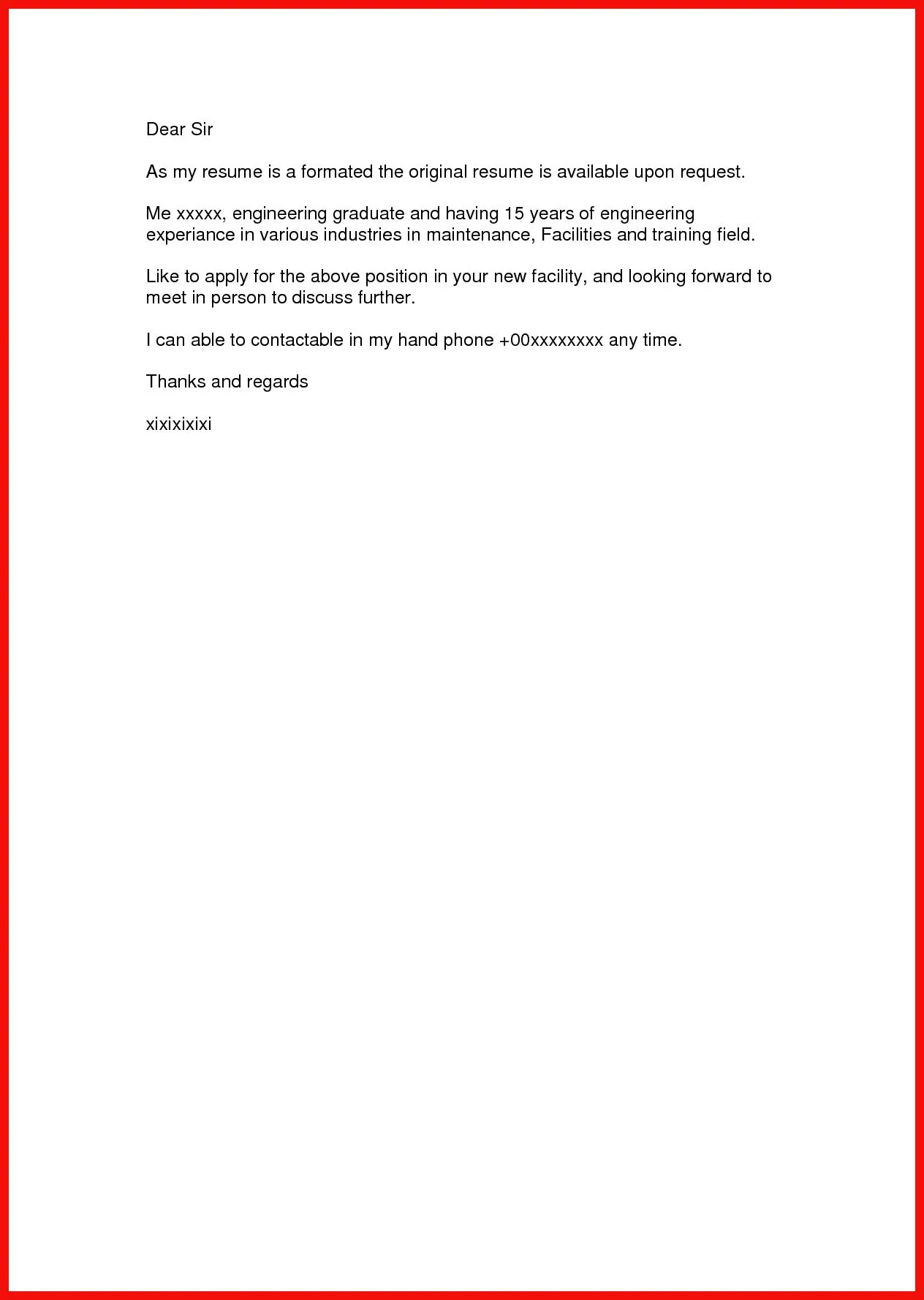
The opening paragraph of your cover letter is your first opportunity to grab the hiring manager’s attention and make a strong impression. It should immediately state the position you are applying for and express your enthusiasm for the role. Avoid generic openings such as ‘I am writing to express my interest…’ Instead, try a more engaging approach. You can mention a specific accomplishment that aligns with the job requirements. You can also reference a connection you have with the company or the person you are addressing. Make it clear why you are interested in this particular job and what makes you a strong candidate. Keep your opening concise and focused. The goal is to pique the reader’s interest and encourage them to continue reading. A strong opening sets the tone for the rest of your cover letter and increases your chances of getting noticed. This will create a positive first impression.
Body Paragraphs Showcasing Value
The body paragraphs of your cover letter are where you showcase your value to the employer. This is your opportunity to demonstrate how your skills, experiences, and accomplishments align with the job requirements. For each key skill or qualification mentioned in the job description, provide a specific example of how you have demonstrated that skill in your previous roles. Use the STAR method (Situation, Task, Action, Result) to structure your examples and make them more impactful. Quantify your results whenever possible. This helps to make your achievements more concrete and demonstrates your impact. Tailor your body paragraphs to each specific job, highlighting the experiences that are most relevant to the role. Use action verbs to describe your accomplishments and avoid generic statements. This section should be concise, well-organized, and easy to read. By effectively showcasing your value in the body paragraphs, you significantly increase your chances of getting an interview.
Closing Paragraph Call to Action
The closing paragraph of your cover letter should reiterate your interest in the position and include a clear call to action. Thank the hiring manager for their time and consideration. Express your enthusiasm for the opportunity and mention your desire to discuss your qualifications further. Clearly state that you are available for an interview and provide your contact information. Avoid generic closing statements. Instead, make it personalized and memorable. You can briefly summarize your key qualifications and re-emphasize your value. The call to action encourages the hiring manager to take the next step in the hiring process. A well-crafted closing paragraph leaves a positive impression and increases your chances of getting an interview. It signifies your professionalism and keen interest in the job. Ensure your contact information is accurate and easy to find.
Common Cover Letter Mistakes to Avoid
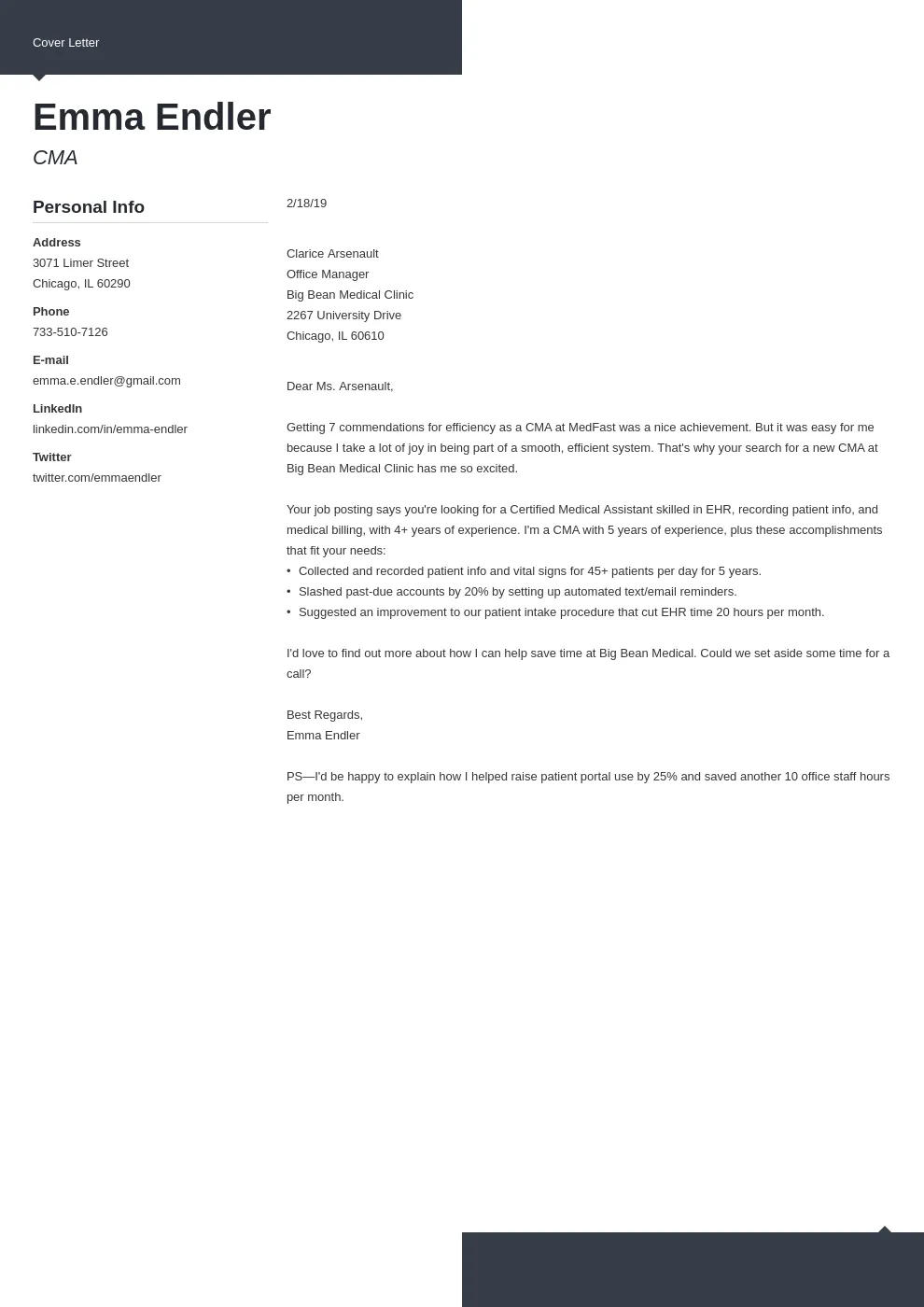
Several common mistakes can undermine the effectiveness of your cover letter. Avoid using generic templates or sending out the same cover letter to multiple companies. Always tailor your letter to each specific job. Do not make grammatical errors or typos. Proofread your letter carefully before submitting it. Avoid being too wordy or using jargon that the hiring manager may not understand. Do not simply restate the information in your resume. Instead, use your cover letter to tell a story and highlight your unique value. Do not include negative information or make excuses. Always focus on your strengths and accomplishments. Avoid sounding overly casual or informal. Your cover letter should be professional and reflect your attention to detail. By avoiding these common mistakes, you can significantly improve the quality of your cover letter and increase your chances of getting an interview. Proofreading is essential. Consider having a friend or career counselor review your letter before you submit it.
Writing a Standout Resume
Your resume is a critical marketing tool that can make or break your chances of getting an interview. It’s your professional introduction, presenting your skills, experiences, and accomplishments in a concise and easily digestible format. A standout resume goes beyond simply listing your work history; it highlights your value and demonstrates why you are the perfect fit for the job. It should be tailored to each specific job and should include keywords that are relevant to the industry and the role. A well-written resume grabs the reader’s attention, showcases your accomplishments, and makes a strong case for why you should be invited for an interview. It should be easy to read, well-organized, and free of errors. A great resume can significantly increase your chances of getting noticed by employers and landing your dream job. It is your first impression, so making it count is crucial.
Understanding the Role of a Resume
The primary role of a resume is to provide a concise overview of your skills, experience, and qualifications. It’s a marketing document that aims to persuade potential employers to invite you for an interview. A resume serves as a snapshot of your professional journey, highlighting your achievements and demonstrating your suitability for a specific role. It’s used to screen candidates and identify those who best meet the requirements of the job. Your resume’s purpose is to get you an interview. It should be tailored to each job and focus on the qualifications and experiences that are most relevant to the position. A well-written resume provides enough information for the hiring manager to understand your background and qualifications. The goal is to showcase your value to the employer. Your resume is a concise summary of your professional life.
Choosing the Right Resume Format
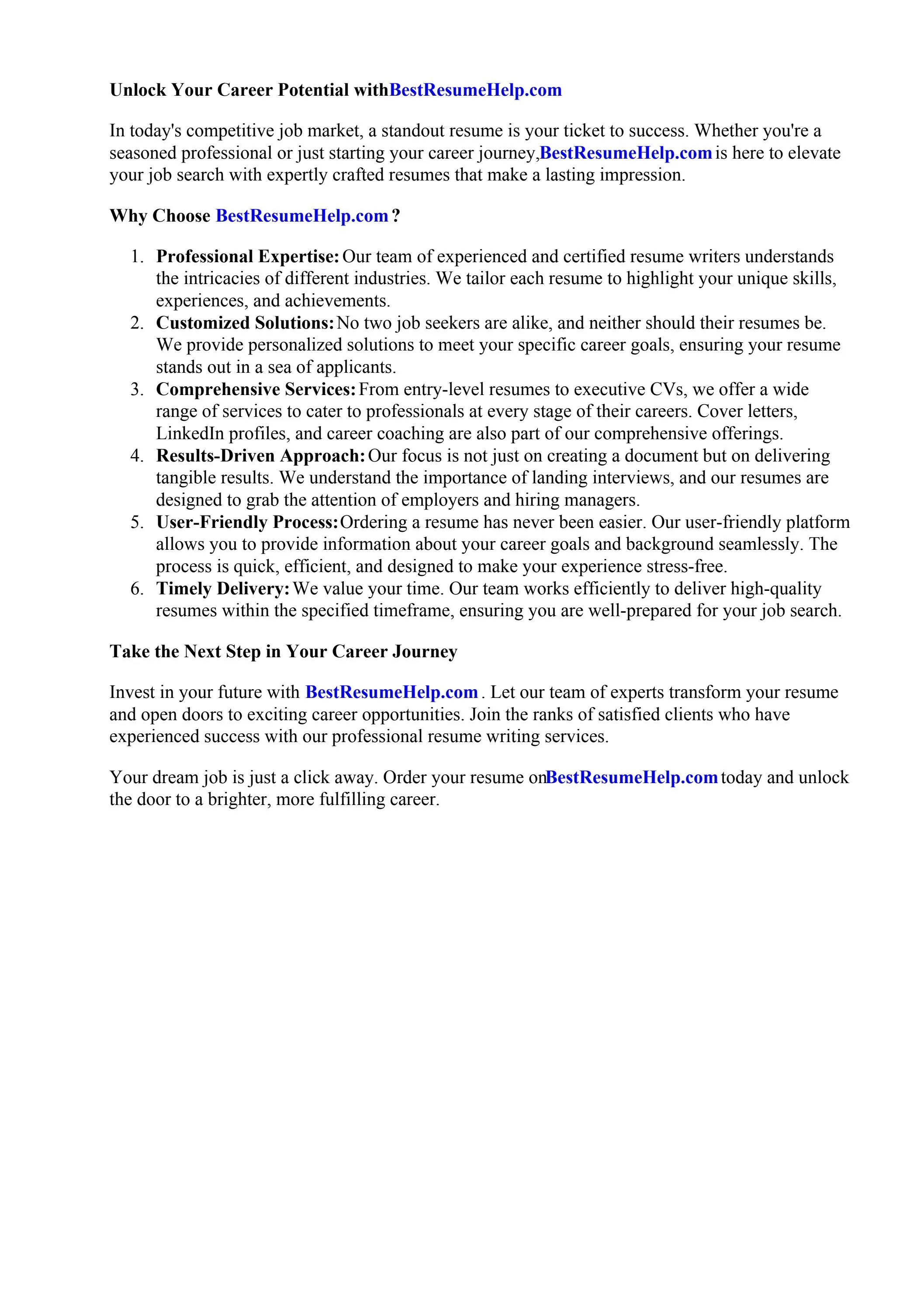
Choosing the right resume format is essential for showcasing your skills and experiences in the best possible light. There are several common resume formats, each with its strengths and weaknesses. The most common formats are chronological, functional, and combination. The chronological resume is the most traditional format, focusing on your work history in reverse chronological order. The functional resume emphasizes your skills and abilities rather than your work history. The combination resume combines elements of both chronological and functional formats. The best format for you depends on your career goals, work experience, and the specific job you are applying for. Consider the format that is most appropriate for the type of job you are seeking. Think about how the format will help you highlight your strengths. The format should also be easy to read and understand. Choosing the right format can significantly impact your resume’s effectiveness. Carefully consider which format best represents your background and career goals.
Chronological Resume Explained
The chronological resume is the most traditional and widely used resume format. It presents your work history in reverse chronological order, starting with your most recent job and working backward. This format is ideal for individuals with a consistent work history and a clear career progression. The chronological resume is straightforward and easy to understand. It highlights your employment history, job titles, responsibilities, and accomplishments in each role. It is very effective in showcasing your career growth and stability. However, it may not be the best choice if you have significant gaps in your employment history or if you are changing careers. If you have a steady career trajectory and are applying for a job in the same field, the chronological resume is a solid choice. Remember to include dates, company names, job titles, and a brief description of your responsibilities and achievements. Always tailor your chronological resume to the specific job requirements. This will make your resume more targeted.
Functional Resume Explained
A functional resume focuses on your skills and abilities rather than your work history. It is a good choice if you have gaps in your employment, are changing careers, or have limited work experience. The functional resume emphasizes your skills and abilities. It groups your skills into categories and provides examples of how you have used those skills in the past. Work experience is often listed at the end, with limited detail. This format is less common than the chronological resume, but it can be very effective in certain situations. This resume type is designed to highlight your skills over your work history, which is a useful strategy when you’re a recent graduate or are making a career change. The functional resume allows you to showcase your transferable skills and demonstrate your value to potential employers. Be prepared to provide more detail about your work history during an interview. If you have significant gaps in your employment or a diverse work history, the functional resume may be a good fit.
Combination Resume Explained
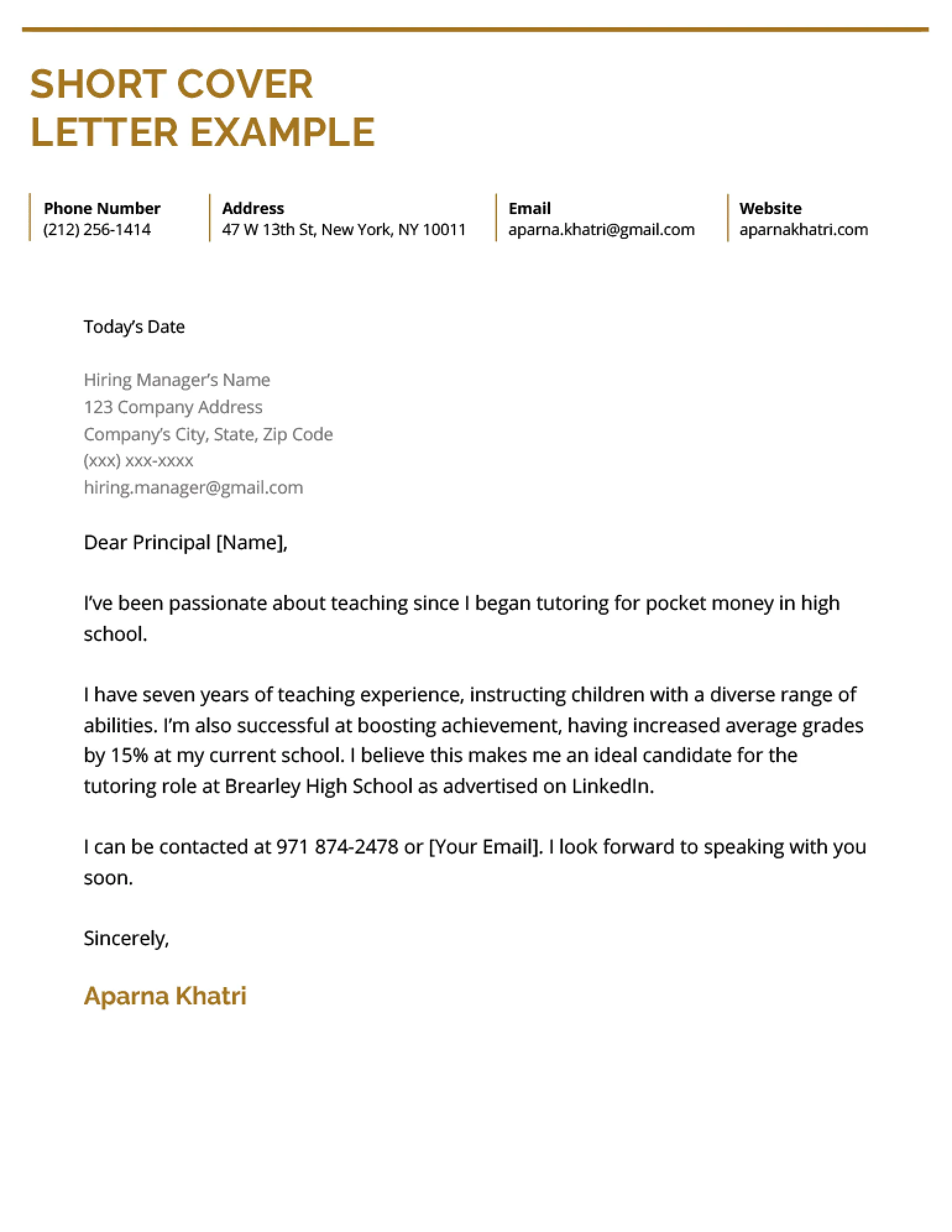
A combination resume blends the best features of both chronological and functional formats. It provides a balance between your skills and work history, making it a versatile option for many job seekers. This format typically includes a skills section highlighting your key competencies and a work experience section presented in reverse chronological order. The combination resume allows you to showcase your skills and your work history. It is suitable if you have a consistent work history but want to highlight specific skills that are relevant to the job. This format is effective for showcasing both your skills and your career progression. The combination resume is a good choice if you want to emphasize your skills and experience equally. It’s also a popular option as it allows you to present a more complete picture of your qualifications. Remember to tailor the skills section to the job requirements, making it relevant to the position you’re applying for.
Formatting Your Resume for Success
Proper formatting is crucial for making your resume easy to read and visually appealing. Use a professional and easy-to-read font, such as Times New Roman, Arial, or Calibri. Keep the font size between 10 and 12 points. Use consistent formatting throughout your resume, including font size, bolding, and bullet points. Leave enough white space to prevent your resume from appearing cluttered. Use clear headings and subheadings to organize the information. Use bullet points to highlight key skills, accomplishments, and responsibilities. Avoid using excessive bolding, italics, or underlining. Keep your resume concise, ideally one or two pages long. Proofread your resume carefully for any grammatical errors or typos. A well-formatted resume is easier to read, makes a positive impression, and increases your chances of getting noticed. Ensure consistency in your formatting throughout the document.
Contact Information Clarity and Accuracy
Your contact information should be prominently displayed at the top of your resume. Make sure that your name, phone number, email address, and any relevant professional links (such as LinkedIn) are included. Your contact information is the first thing a hiring manager will see, so it’s essential that it is accurate and up-to-date. Use a professional-sounding email address. Avoid using nicknames or informal language in your contact information. Double-check that your phone number and email address are correct. Make sure your voicemail is set up and that it has a professional greeting. If you have a LinkedIn profile, include the URL in your contact information. Keep your contact information concise and easy to read. By providing accurate and clear contact information, you ensure that potential employers can easily reach you. Make sure your email address is professional.
Summary or Objective Statement
A summary or objective statement is a brief statement at the beginning of your resume. It is designed to provide a snapshot of your skills, experience, and career goals. A summary statement highlights your key skills and accomplishments. An objective statement states your career goals and what you are looking for in a job. A summary statement is generally preferred, as it focuses on your value to the employer. An objective statement is most useful when you are a recent graduate or are changing careers. Keep your summary or objective statement concise, typically no more than three or four sentences. Tailor your summary or objective statement to the specific job you are applying for. Use keywords from the job description to demonstrate your alignment with the role. Your goal is to capture the reader’s attention and make them want to learn more about you. A well-crafted summary or objective statement can significantly increase your chances of getting noticed.
Skills Section Highlighting Expertise
The skills section of your resume is where you showcase your key competencies. List both hard skills (technical skills) and soft skills (interpersonal skills) that are relevant to the job you are applying for. Review the job description carefully and identify the specific skills the employer is seeking. Use keywords from the job description to demonstrate your alignment with the role. Organize your skills into categories, such as technical skills, communication skills, and leadership skills. Use bullet points to make your skills easy to read. Be honest about your skill level. Avoid listing skills that you do not possess. Consider including a separate section for software or technical skills. Your skills section is your chance to demonstrate that you have the required abilities to excel in the job. A well-crafted skills section can significantly increase your chances of getting an interview.
Experience Section Detailing Accomplishments
The experience section is the most important part of your resume. It is where you provide details about your work history, responsibilities, and accomplishments. For each job, include the job title, company name, dates of employment, and a brief description of your responsibilities. Focus on your achievements rather than just listing your duties. Use action verbs to describe your accomplishments and quantify your results whenever possible. Quantifying your accomplishments will make your resume more impressive. Tailor your experience section to each job, highlighting the experiences that are most relevant to the role. Use the STAR method (Situation, Task, Action, Result) to structure your examples and make them more impactful. Keep your descriptions concise, well-organized, and easy to read. By effectively detailing your accomplishments, you demonstrate your value to the employer. Be sure to list accomplishments that show your impact in previous roles. Your goal is to provide evidence of your abilities.
Education Section Listing Qualifications
The education section of your resume lists your educational qualifications. Include the name of the institution, your degree, major, and graduation date. If you have a degree, you can include your GPA or honors. If you have limited work experience, you can include more details about your education, such as relevant coursework, projects, or extracurricular activities. If you have multiple degrees, list them in reverse chronological order. If you have a degree, you can omit your high school education. Make sure your education section is accurate and up-to-date. Your education section provides important information about your academic background. Your education section is relevant, as it helps employers assess your academic qualifications. If you are a recent graduate or have limited work experience, your education section can be particularly important.
Adding Additional Sections
In addition to the core sections of your resume, you can include additional sections to highlight your skills, experiences, and interests. Consider including a section for volunteer experience, certifications, or professional development. A section for projects can showcase your skills and accomplishments. You can create a section for your language proficiency. If you have published any articles, include a section to list those publications. Keep additional sections concise and relevant to the job. Make sure the information you provide is accurate and up-to-date. Adding relevant sections can help you stand out from other candidates. Be thoughtful about which additional sections to include. Make sure all of your additional sections are relevant to the job. Showcasing a wide range of skills will increase your chances.
Projects Volunteering or Awards
Adding a projects section, volunteering experience, or a section for awards can add value to your resume. A projects section can showcase your skills, knowledge, and accomplishments. Volunteer experience can demonstrate your commitment to the community and your soft skills. Listing awards can highlight your achievements and recognition for your work. When adding these sections, keep them concise and relevant to the job you are applying for. Provide details about the projects you worked on. Briefly describe your responsibilities and accomplishments in your volunteer roles. List the awards you have received and the criteria for receiving them. By including these sections, you can differentiate yourself from other candidates and demonstrate your well-roundedness. Be sure to tailor these sections to the specific job and company, and emphasize the skills and experiences that are most relevant.
Resume Keywords and ATS Optimization
Many companies use Applicant Tracking Systems (ATS) to scan resumes and identify qualified candidates. It is crucial to optimize your resume for ATS to ensure that your application is seen by the hiring manager. Review the job description carefully and identify the keywords that are most important. Include these keywords in your resume, using them naturally and strategically. Use the same keywords and phrases from the job description. Avoid keyword stuffing, as this can make your resume look unnatural and be penalized by the ATS. Format your resume in a way that is easy for the ATS to parse. Use a standard font and format. Avoid using tables, graphics, or unusual formatting. Test your resume with an ATS checker to see how it performs. Optimizing your resume for ATS increases your chances of getting noticed by the hiring manager. It’s essential to tailor your resume for each job application and use relevant keywords.
Using Keywords Effectively
Keywords are essential for making your resume visible to both hiring managers and Applicant Tracking Systems (ATS). They are the words and phrases that employers use to search for qualified candidates. Identifying and strategically incorporating relevant keywords from the job description is crucial. Analyze the job description and identify the key skills, qualifications, and requirements. Include these keywords throughout your resume, using them naturally and strategically. Place keywords in your skills section, experience section, and summary statement. Avoid keyword stuffing, which is the practice of excessively repeating keywords in your resume. Instead, focus on using keywords naturally within the context of your qualifications and accomplishments. Tailor your keyword usage to each job, as different employers may use different terms. Effective keyword usage improves your resume’s visibility and makes your qualifications clear to the hiring manager. Ensure your keyword use feels natural and authentic.
ATS Friendliness Ensuring Compatibility
Ensuring your resume is ATS-friendly is a crucial step in the job application process. ATS software is used by many companies to scan and filter resumes. Follow these tips to ensure compatibility. Use a standard and professional font such as Arial or Times New Roman. Avoid using complex formatting or graphics, such as tables, charts, and images. Use clear headings and subheadings to organize your information. Use bullet points to make your resume easier to read. Save your resume as a .doc or .docx file. Avoid using headers and footers. Proofread your resume carefully for any errors. By making your resume ATS-friendly, you increase your chances of your application being seen by a hiring manager. Your resume should be easily parsed by the ATS. Make your resume accessible and easily read by the system.
Proofreading and Editing for Perfection
Proofreading and editing are essential steps in the resume writing process. Carefully proofread your resume for any grammatical errors, spelling mistakes, and typos. Check for inconsistencies in formatting, such as font size, spacing, and bullet points. Ensure that your contact information is accurate and up-to-date. Read your resume aloud to catch any awkward phrasing or sentences. Ask a friend or career counselor to review your resume for feedback. Proofreading ensures that your resume is polished, professional, and free of errors. Errors can make your resume look unprofessional and may cause the hiring manager to question your attention to detail. Taking the time to proofread and edit your resume will significantly improve its quality and increase your chances of getting noticed. The resume represents you. Make it error-free to showcase your capabilities.
Checking Grammar and Spelling
Checking your grammar and spelling is a critical part of the proofreading process. Use a grammar and spell checker to identify any errors in your resume. Pay close attention to verb tense, subject-verb agreement, and punctuation. Proofread your resume carefully for any typos. Make sure you are using the correct words. A well-written resume is free of grammatical errors and spelling mistakes. Errors can create a negative impression and make your resume appear unprofessional. Check your resume several times, as it is easy to miss errors. Reading your resume aloud can help you catch any errors that you may have missed. Ask a friend or career counselor to review your resume for grammar and spelling errors. Prioritize grammatical accuracy and spelling correctness.
Ensuring Consistency and Clarity
Consistency and clarity are essential elements of a professional resume. Ensure that your formatting is consistent throughout your resume. Use the same font, font size, and spacing. Be consistent with your use of bolding, italics, and underlining. Use clear and concise language. Avoid using jargon or technical terms that the hiring manager may not understand. Make sure your sentences are clear and easy to read. Organize your information logically, using headings and subheadings. The goal is to make your resume easy to read and understand. A well-written and consistent resume is more likely to make a positive impression. Review your resume for consistency and clarity. Make sure your resume reflects your attention to detail and professionalism.
Finalizing and Submitting Your Application
Once you have written and edited your cover letter and resume, it’s time to finalize and submit your application. Double-check your cover letter and resume for any errors. Ensure that the information is accurate and up-to-date. Save your cover letter and resume as separate files. When submitting your application online, follow the instructions carefully. Tailor your application to each job, including the required documents and any additional information. Send your application on time and within the specified deadline. Proofread your application one last time before submitting it. After submitting your application, follow up with the hiring manager to express your interest. A well-written and properly submitted application demonstrates your professionalism and increases your chances of getting noticed. Taking the time to finalize and submit your application correctly will make a positive impression.
